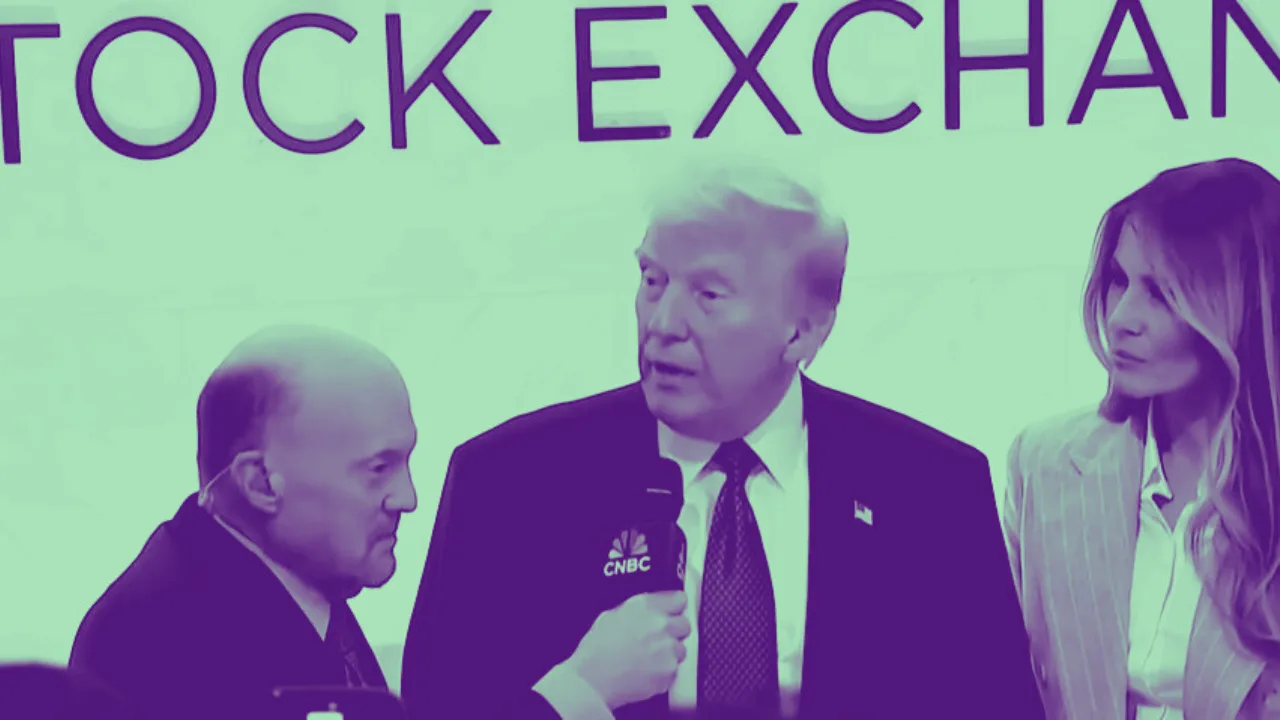Key Drivers of Gold Price Increase
- Interest Rate Expectations Investors are anticipating that central banks, particularly the U.S. Federal Reserve, will cut interest rates. When interest rates are low, gold becomes more attractive since it does not offer a yield. This is crucial because lower returns on bonds and other cash instruments make gold a preferred choice for preserving wealth (Investopedia) (markets.businessinsider.com).
- Geopolitical Tensions Ongoing geopolitical conflicts, such as the war in Ukraine and the Gaza Strip conflict, have increased the demand for gold. During times of international turmoil, investors seek the stability and security that gold provides. This trend is evident in the rising gold prices amid these conflicts (markets.businessinsider.com) (CNA).
- Central Bank Purchases Central banks around the world, especially in China and India, have been purchasing gold in record amounts. This strong demand has significantly contributed to the rise in gold prices. Central banks use gold to diversify their reserves and hedge against inflation, further driving up its value (CNA).
- Economic Uncertainty Economic uncertainties, including concerns about inflation and potential recessions, have led to increased investments in gold. In periods of economic instability, gold is viewed as a reliable store of value, prompting more investors to buy and hold it (Investopedia) (markets.businessinsider.com).
- Dollar Depreciation The weakening of the U.S. dollar has also played a role in boosting gold prices. Since gold is priced in dollars, a weaker dollar makes gold cheaper and more attractive for foreign investors. This dynamic has contributed to the upward trend in gold prices over the past year (CNA) (Trading Economics).
Notable Endorsements and Quotes
Several renowned investors and financial experts have advocated for investing in gold. Here are some notable quotes:
- Warren Buffett, CEO of Berkshire Hathaway, has often highlighted the stability and long-term value of gold, despite his preference for productive assets like businesses. He has said, “Gold is a way of going long on fear, and it has been a pretty good way of going long on fear from time to time.”
- Ray Dalio, founder of Bridgewater Associates, has been a strong proponent of holding gold as part of a diversified portfolio. He advises, “If you don’t own gold, you know neither history nor economics.”
- Jim Rogers, co-founder of the Quantum Fund, has frequently recommended gold as a hedge against inflation and economic uncertainty. He remarked, “I love gold. It’s been something to protect my wealth for centuries.”
Additional Insights
- Historical Perspective: Historically, gold has been used as a currency and a store of value. During economic downturns and periods of high inflation, gold prices have typically risen, providing a hedge against the declining value of fiat currencies.
- Technological and Industrial Demand: Beyond its value as an investment, gold is also in demand for various industrial applications, including electronics and medical devices. This additional demand can further support its price.
- Market Volatility: As stock markets experience volatility, investors often turn to gold to mitigate risk. The past year has seen significant market fluctuations, prompting more investors to seek refuge in gold.
Conclusion
The surge in gold prices over the past year can be attributed to a combination of interest rate expectations, geopolitical tensions, central bank purchases, economic uncertainty, and dollar depreciation. Notable financial experts continue to endorse gold as a key component of a diversified investment strategy. As global economic conditions remain uncertain, gold is likely to continue its role as a preferred safe haven for investors worldwide.
Investing in gold can provide stability and protection in turbulent times. As always, it is crucial to conduct thorough research and consider diversifying investments to manage risk effectively.





